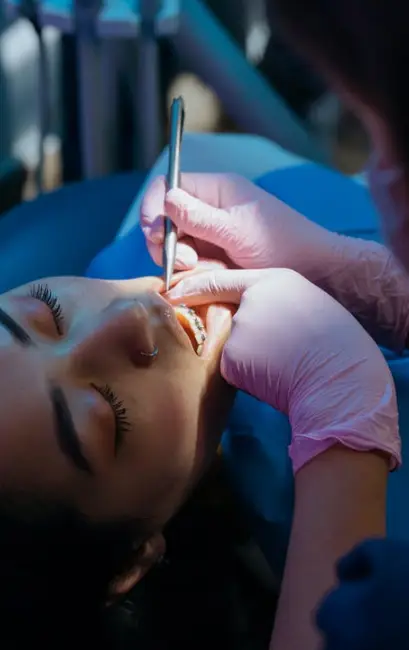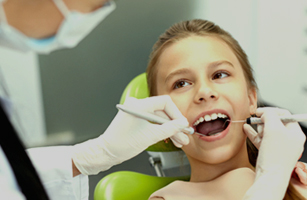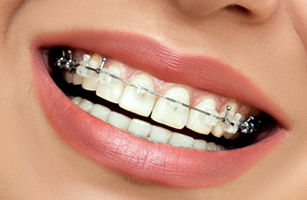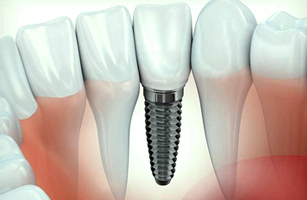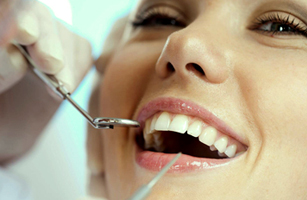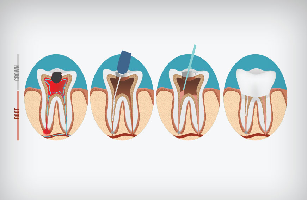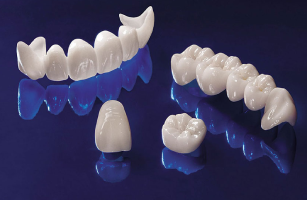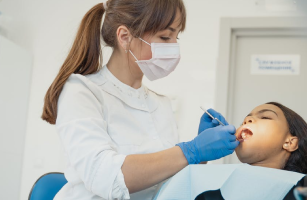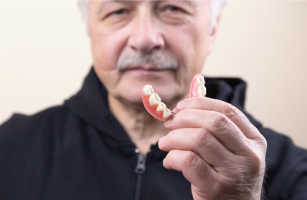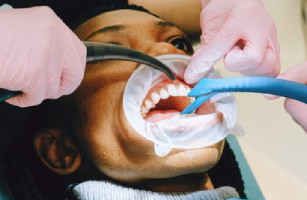Braces
Having a beautiful smile enhances your facial charm and uplifts self-confidence as well. But many people smile with their lips closed or cover their mouth with hands while smiling or laughing. The reason-malaligned, crooked teeth ruin the charm of their smile and create a feeling of low self-esteem in them. Fortunately, dental braces can help align your teeth perfectly and restore your smile.
Table of contents:
What are dental braces?
Dental braces are the tools that dental surgeons use to reposition the teeth to close the gap between them or correct their alignment. While most people consider dental braces as a way to improve aesthetics, dentists see them as a treatment to improve oral health by aligning crooked teeth to prevent them from breakage due to friction and rubbing against each other. Moreover, dental braces make chewing easier and reduce the risk of buccal decay.
How do dental braces work?
Dental braces bring your teeth to the right alignment by putting pressure and moving them in the targeted direction gradually. The bones in the jaws change as per the pressure applied, thus moving the roots in the gums in the direction of pressure applied.
Reasons to get dental braces
Apart from improving the aesthetics and restoring the beauty of the smile, there are several other reasons a dentist may prescribe you to get dental braces. Here are some common ones-
- Closing the gaps between the teeth
- Correcting the bites
- Facilitating clear speech
- Correcting teeth crowding
- Avoiding gums and oral problems
Types of dental braces
Dental braces make effective and most popular types of dental tools to straighten or align the teeth to improve the aesthetics and functions of the teeth. In the past, braces were considered as the mouthful of metallic brackets and wires; nowadays, you can choose from a wide range of dental braces to suit your choice and budget.
Metal braces-
Metal braces are the traditional metal braces that comprise metal brackets, hooks, and archwires that are attached to the teeth to support repositioning when a pressure applied comes into effect. These are most popular among children. Heat-activated archwires are an advancement in traditional braces as it uses the body heat in the buccal cavity which helps teeth to move more quickly without causing discomfort. Metal braces are the least expensive yet very effective tool to align teeth. Since metal braces are highly visible, many people feel shy or are hesitant to opt for them.
Ceramic braces-
Ceramic braces are a modification of the traditional metal braces and comprise brackets made up of ceramic to match the natural color of the human tooth. Ceramic braces are like traditional braces and reposition the teeth in the desired direction quickly. Since ceramic braces are less noticeable, many people find them favorable over metallic braces. These are the preferred treatment option in adults and older teenagers. However, the downside with ceramic braces is that they can get stained by food and beverages you consume.
Lingual braces-
Lingual braces are another kind of traditional metal brace but the difference lies in their positioning. These braces are fixed to the inside of the teeth rather than outside, which means they aren’t easily noticeable. While lingual braces have the advantage of going unnoticed, they are less effective and may take longer to shift the teeth to the desired direction as compared to metal or ceramic braces. Apart from that lingual braces continuously comes in contact with the tongue which may cause discomfort. Also, they can be difficult to clean and may give rise to oral problems.
Self-ligating braces-
Self-ligating braces resemble traditional metal braces in appearance but the only difference is that they comprise clips rather than elastic bands to hold the archwire. This results in less friction and makes keeping the braces and teeth clean. Self-ligating braces are more effective than traditional metal braces and facilitate precise tooth alignment.
Invisalign or clear aligners-
Invisalign, also known as clear aligners is the most advanced and revered type of braces as they don’t involve arch-wire and brackets. Besides, they’re completely invisible which makes them a popular choice amongst many people. Clear aligners are made of clear transparent material and are worn over the teeth. These aligners are custom-made and need to be replaced after every two weeks throughout the treatment. There are digital scans that are done in clinic to check the severity of malocclusion and trays are customised according to these scans. These are expensive yet effective types of braces and most preferred option of teeth straightening amongst adults these days. It's very comfortable to wear the aligners and gives you the freedom to straighten your teeth without any dietary restrictions.
How are dental braces attached to your teeth?
Putting on dental braces is a multistep procedure but generally takes an hour or two to complete. Here are the steps involved in attaching the conventional metal or ceramic braces to your teeth-
Preparation: A dental surgeon would first examine the position of your teeth and if back teeth are close together, a rubber band or spacer would be placed between them at least one week before bracing. It creates ample space for the band to fit between the back teeth; however, you may feel some soreness and discomfort.
Cleaning: the second step of the procedure involves cleaning the teeth with a cleaning paste and then leaving them to dry completely.
Fixing the brackets: Brackets are tiny structures made up of metal or ceramic that are used to hold the archwire in place over the teeth. To attach the brackets, your orthodontist will place a drop of glue and drop blue light using a hand-held torch to fix the cementing glue on the teeth. Thereafter, brackets will be placed on the center of the tooth.
Placing the bands: The orthodontist would now be putting metallic bands on the back molars to hold them. It is done by putting and setting the glue on the band and placing them on the back molars.
Attaching the archwires: once the brackets and bands are set in place, it’s now time to attach the archwire. This is done by placing a rubber band between each bracket to secure the arch-wire in place. Finally, the ends of the arch-wire will be cut off to prevent them from touching the gums or back of the mouth.
Aftercare Instructions
Getting dental braces is a life-changing procedure but its success depends on how correctly you’re following the aftercare instructions given by your dental restoration team. Here are a few aftercare tips you can follow to prevent potential oral problems-
Brushing teeth, gums, and braces after each meal
Avoiding hard foods such as chocolates, popcorns, or candies
Limiting the foods that can stain the braces or elastic bands
Schedule follow-ups and cleaning sessions with your dental surgeon
How much do dental braces cost?
The cost of dental braces varies depending on the type of braces you’re putting on and physiological factors such as a patient’s medical history, oral health, age, etc. Here’s a tentative cost of dental braces in Gurgaon-
Metal braces- INR 30,000-35,000
Ceramic braces- INR 40,000
Invisalign- INR 1,00000
Choose Thyme Dental Clinic for the best dental treatments and braces
We at Thyme Dental Clinic, Gurgaon understand the importance of oral health and strive to provide you best dental care treatments in our state-of-the-art clinic. Our team of dental surgeons goes a whole nine yards to provide you with satisfactory dental braces treatment at an affordable price. Besides, we follow a strict sanitization protocol after each session to ensure that our equipment are clean and safe to use.
Book a visit


